Finished Second Artwork of
Malcolm X Shabazz High School Students’ Peace Comments (Poster 1 and 3)
Artwork by Ing-On Vibulbhan-Watts

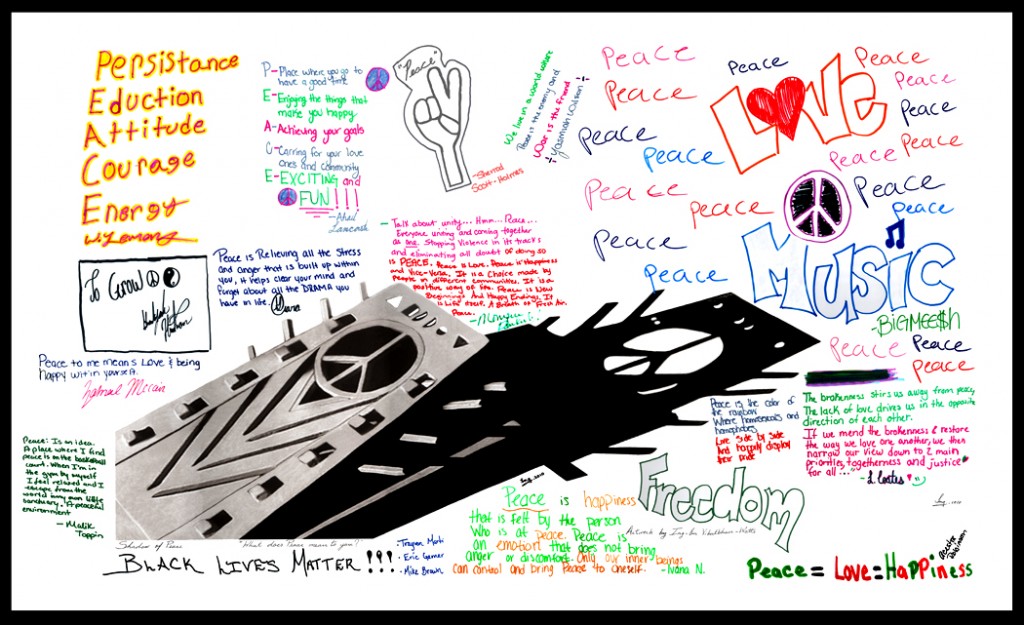 Malcolm X Shabazz High School Students’ Peace Comments poster 1
Malcolm X Shabazz High School Students’ Peace Comments poster 1
 Malcolm X Shabazz High School Students’ Peace Comments poster 3 and Dr. Martin Luther King Jr. receiving Noble Peace prize Medal
Malcolm X Shabazz High School Students’ Peace Comments poster 3 and Dr. Martin Luther King Jr. receiving Noble Peace prize Medal
If I were a Mermaid
If I were a Mermaid
I would swim all over the sea
The Pacific Ocean I would like to see
It is the largest ocean
Of the five oceans of the world
But if I see the sharks
I would hide under the seaweed near me
I would stop at the ports of
Bangkok, Thailand
ShangHai Hong Kong, China
Kao-hsiung, Taiwan
Manila, Philippines
Pusan, South Korean
Singapore,
Sydney, Australia
Vladivostok, Russia
Welington, New Zealand
Yokohama, Japan
These are ports
On the Eastern side of the Pacific Ocean perimeter
I would visit the US ports of
Los Angeles, San Francisco
And swim up to Seattle
I would swim to Queensland Australia
To see the world’s largest coral reefs
I must visit the Great Barrier Reef
That is full of living creatures that I can enjoy
Thirty species of whales, dolphins, and porpoise
The dwarf minke whale, Indo-Pacific humpback dolphin,
And the humpback whale
The large populations of dugongs
The clown-fish, red bass, red-throat emperor
Snapper and coral trout and other 1,500 kind of fish
Swimming happily in the Pacific Ocean
Seventeen species of sea snake
And turtles
YES, six species of sea Turtle
The green sea turtle, leatherback sea turtle,
hawksbill turtle, loggerhead sea turtle,
flatback turtle, and the olive ridley
The dugongs and turtles love sea grass
Fifteen species of sea grass in beds
That also provides fish with an excellence habitat
Stingray,skates or chimaera
And 125 species of shark
Live merrily in the Great Barrier Reef
Giant clam and various nudibranchs
And cone snails
Close to 5,000 species of molluse
Forty-nine species of pipefish
And nine species of seahorse have been recorded
At least seven species of frog inhabit the islands
Two hundred fifteen species of birds
Twenty two species of seabirds
Thirty two species of shorebirds
Visit the reef including the white-bellied sea eagle
And roseate tern most nesting sites are on islands
1.4 to 1.7 million birds using the sites to breed
The Great Barrier Reef supports 2,195 known plant species;
Three of these are endemic.
The northern islands have 300–350 plant species which tend to be woody,
Whereas the southern islands have 200 most of them are herbaceous;
The Whitsunday region is the most diverse, supporting 1,141 species.
The plants are propagated by birds that live near by
I would swim to visit the Eastern Pacific Gray Whales
That travel between feeding and breeding grounds each year
Along the west coast of North America
I would observe the Gray Whales
Along the California coastline
Beginning in the Bering and Chukchi seas
And ending in the warm-water lagoons of Mexico’s Baja peninsula,
Their round trip journey completes over 12,000 miles.
As ice forms in the arctic
Gray Whales begin their journey south.
By mid-December to early January
The majority of the Gray Whales are usually found
Between Monterey and San Diego
Where they are often seen from shore
By late December to early January
The first of the Gray Whales
Begin to arrive to the calving lagoons of Baja.
The pregnant mothers are the first whales to arrive
Looking for the protection of the lagoons
And giving birth to their calves
I see young calves, born early
Swimming with their mothers off southern California
By mid-February to mid-March
Most of Gray Whales have arrived in the lagoons
Including those calves born along the way
The lagoons are filled with nursing
Calving, and mating Gray Whales
Throughout February and March
The males Gray Whales are the first to leave the lagoons
And females without calves
Once they have mated
They will begin the expedition back north
To their cold water summer feeding grounds
Where food is bountiful
Gray whales are the only baleen whales
Feeding along the bottom of the seafloor
Scooping up large mouthfuls of sediment
And straining small invertebrates through their baleen
Pregnant females and nursing mothers
With their newborn calves are the last to leave the lagoons.
They leave only when their calves are ready for the journey
Usually from late March to mid-April
The only predators of adult Gray Whales are humans and Orcas.
After the California Gray Whales’ breeding grounds were discovered
In 1857, they were hunted to near extinction in these lagoons.
With the marked decline in Gray Whale numbers
Whaling was discontinued on this species
Gray Whales, along with other whale species
Have been granted protection from commercial hunting
By the International Whaling Commission (IWC) since 1946
Gladly the Gray Whale is a conservation success story
Through protection in Mexico’s lagoons
The Gray Whale population has recovered
They have been removed from the Endangered Species List.
Their population along the East Pacific is estimated
To be near 25,000 animals
I love to see a new born calf
Weighing about one ton, 15 feet long
Swimming by its mother weighs 36 tons
And a length about 46 feet long
Some times the young one is very playful
Swimming around the mother
Mother touches the calf gently with her fin
Mother’s rich milk helps the young one
Grow faster
It is fun for the calf to swim with mother
To the surface to breath
Every three minutes to catch the air
The image of mother and calf relationship
Is a treasure that everyone should see
I want my grandchild and every one’s grandchild
Have a chance to see this precious scene
Let us take care of and preserve the ocean
Let us be a generation
That cures the ills from the past
Let us not dump toxic waste in the sea
Clean our beaches of litter everywhere
Let us be proud of nature
This is one of Malcolm X Shabazz
Student’s Peace comments
“Peace is where there’s no Violence
And everyone get along
And communicate with each other
Without violence”
I agree
But we need to apply the same message
To animals on land and sea alike
Ing-On Vibulbhan-Watts, Wednesday, August 5, 2015

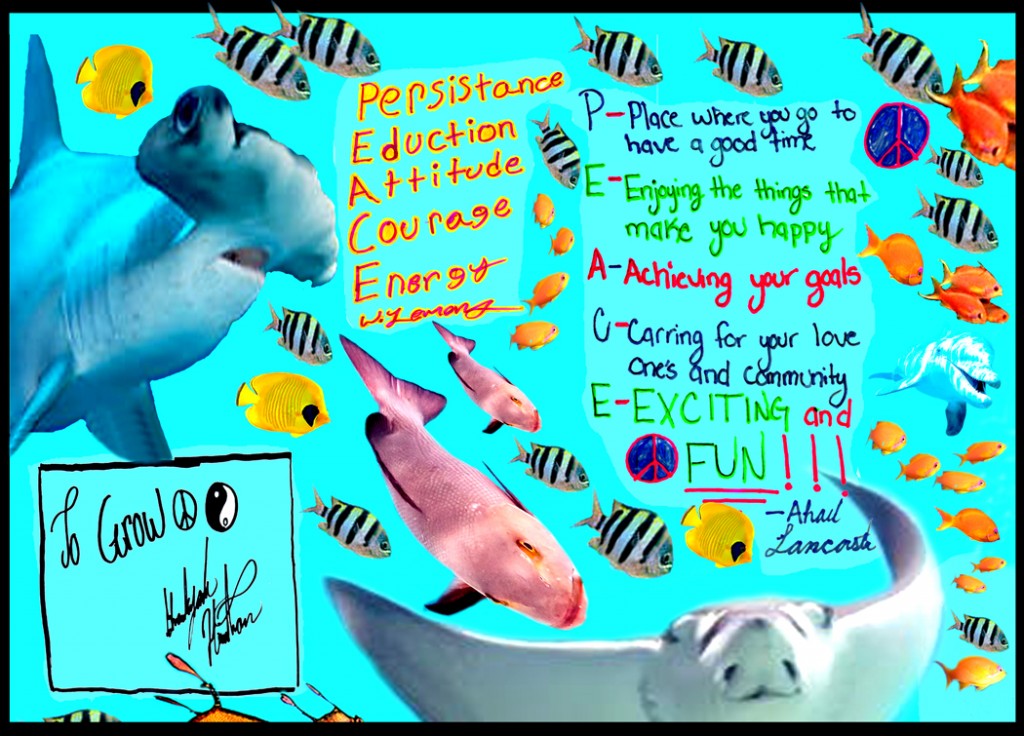
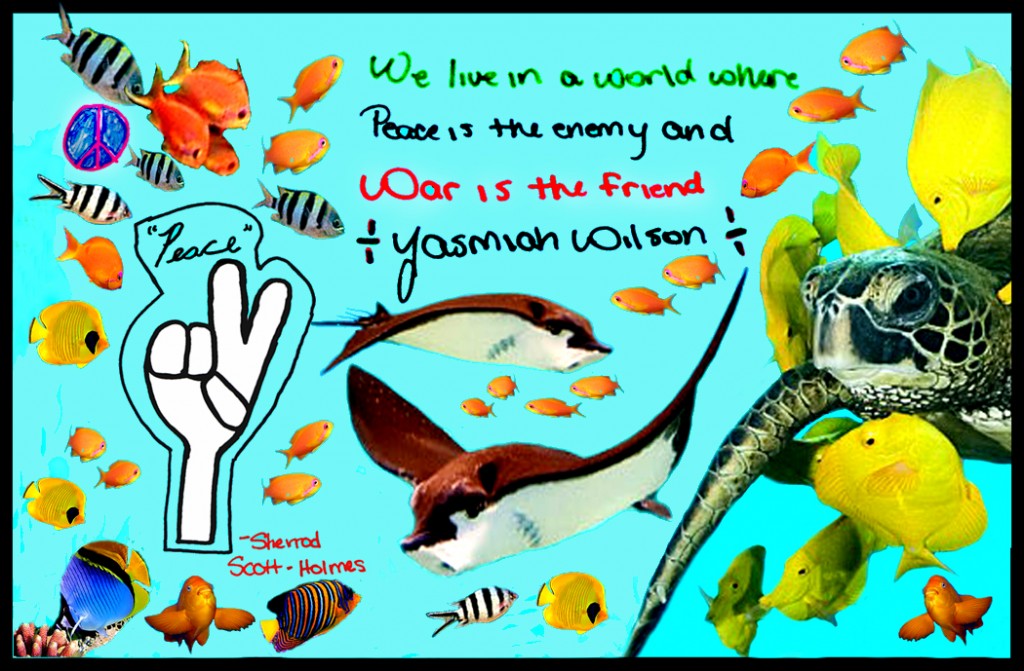
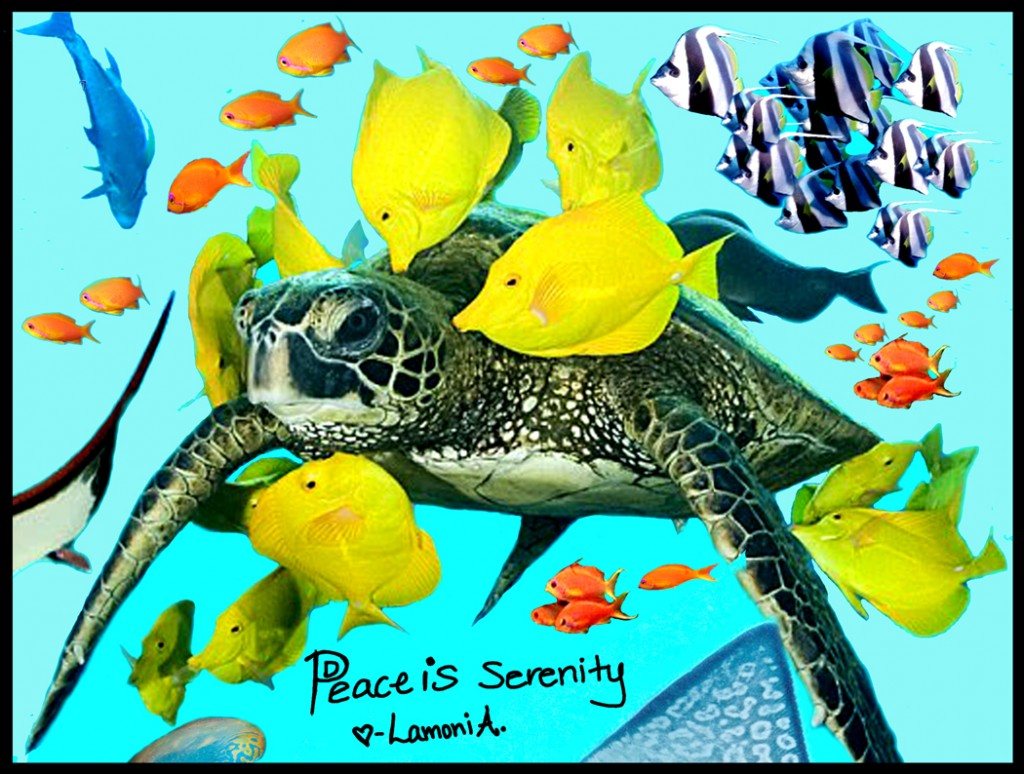
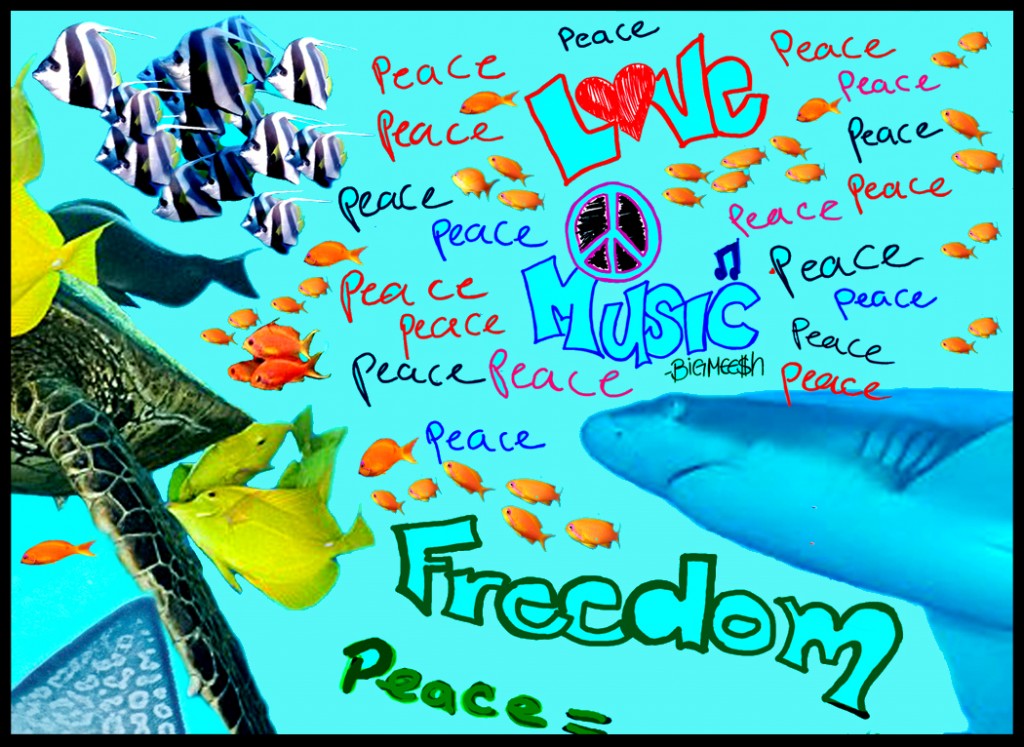

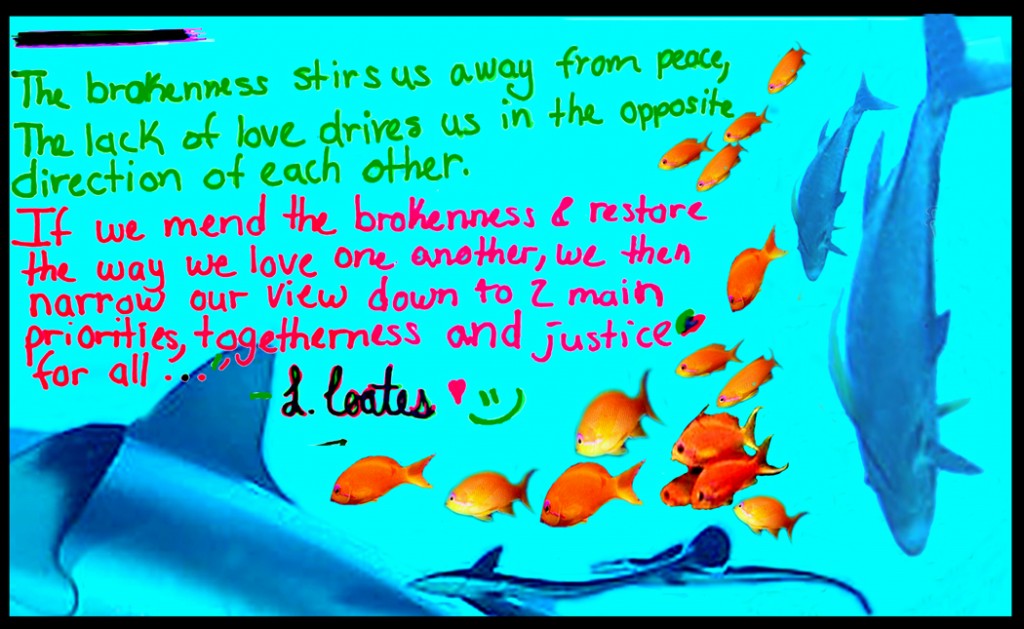
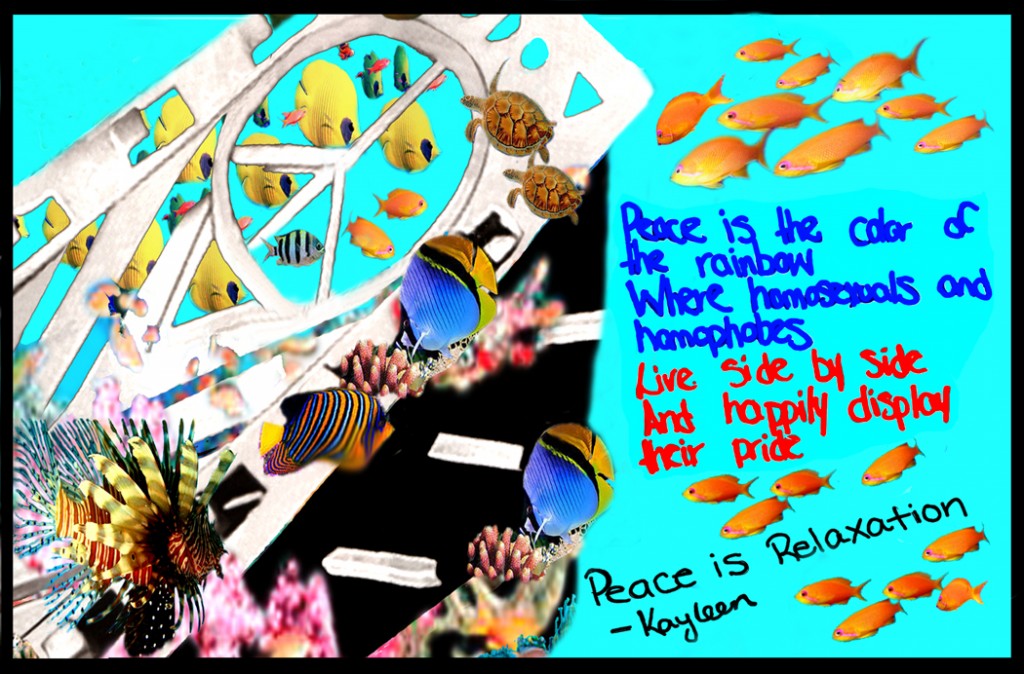

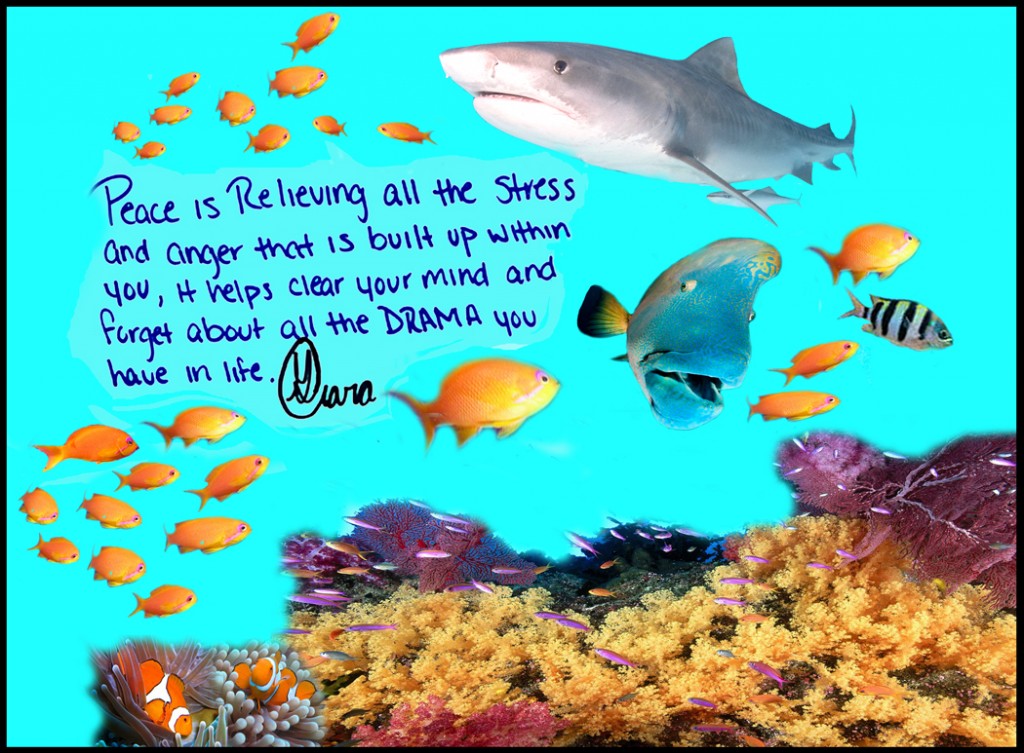


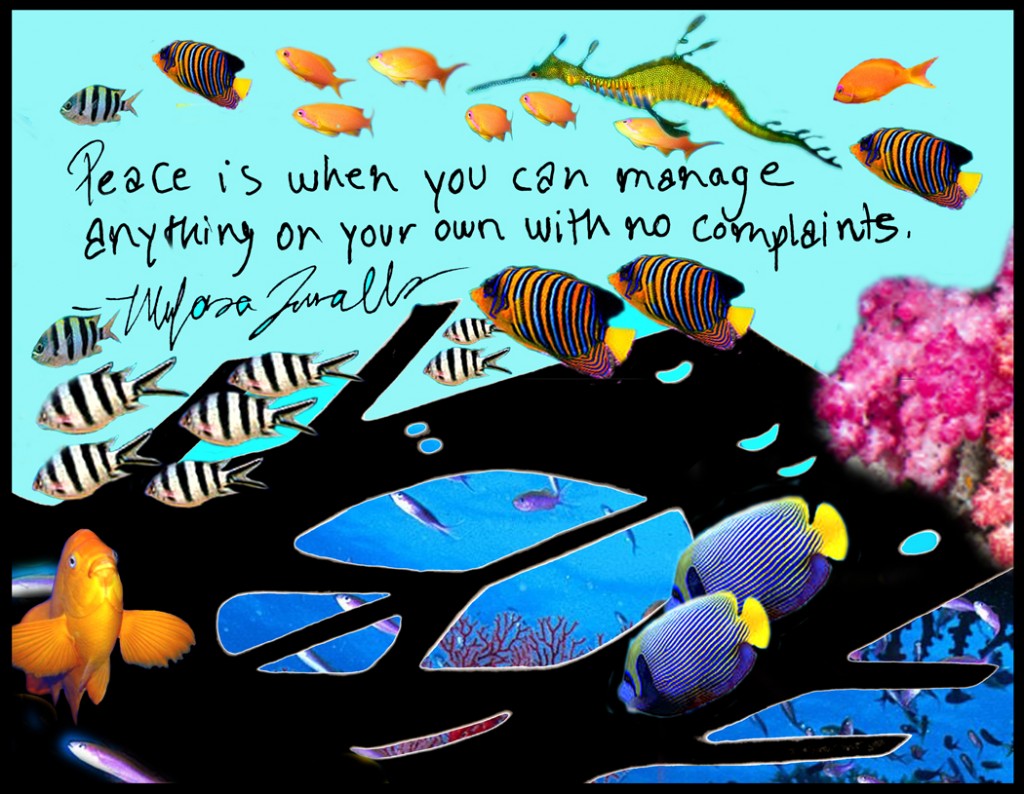
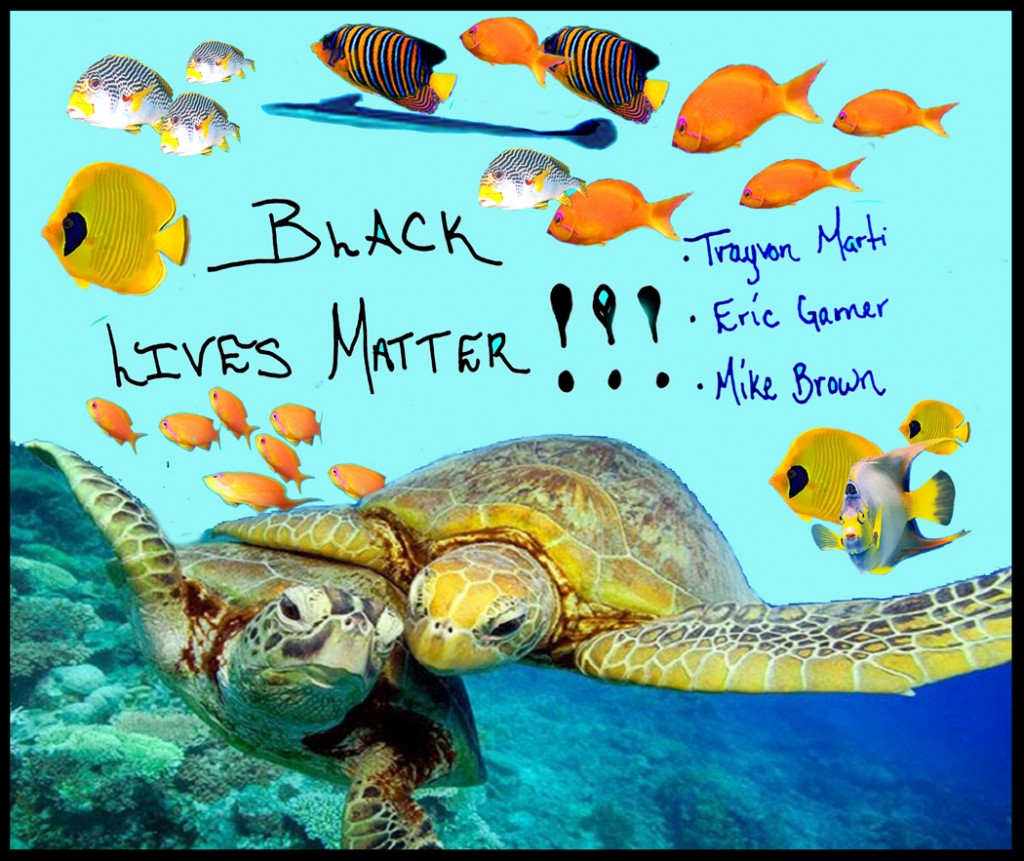
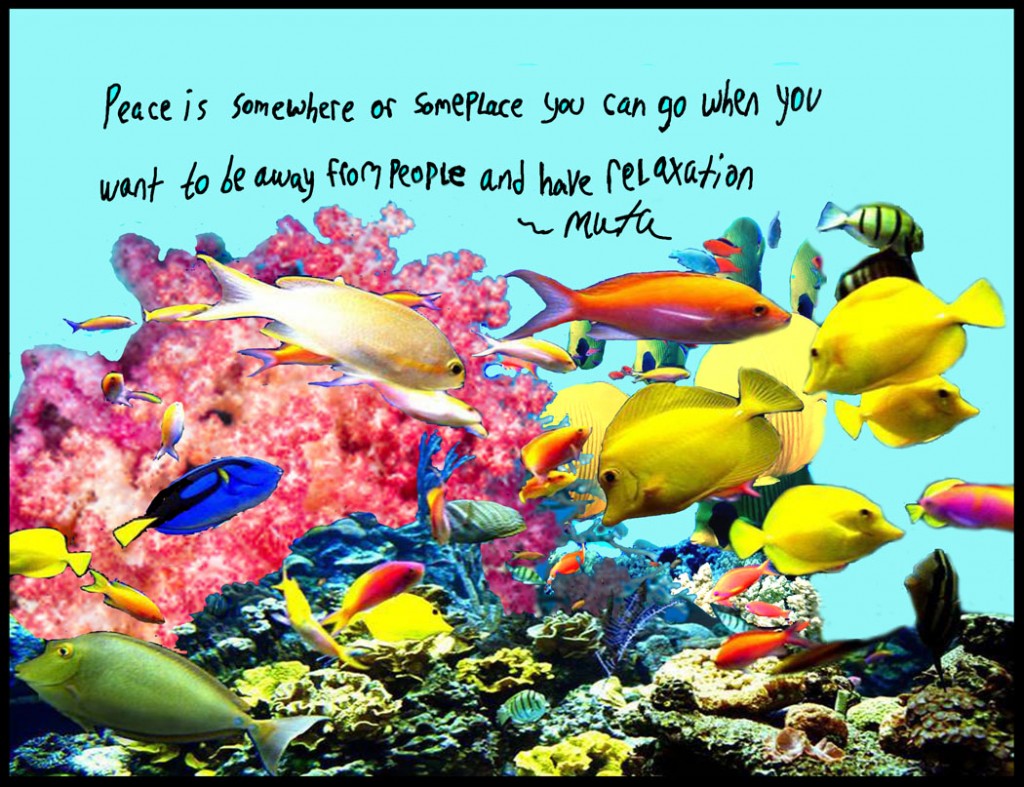
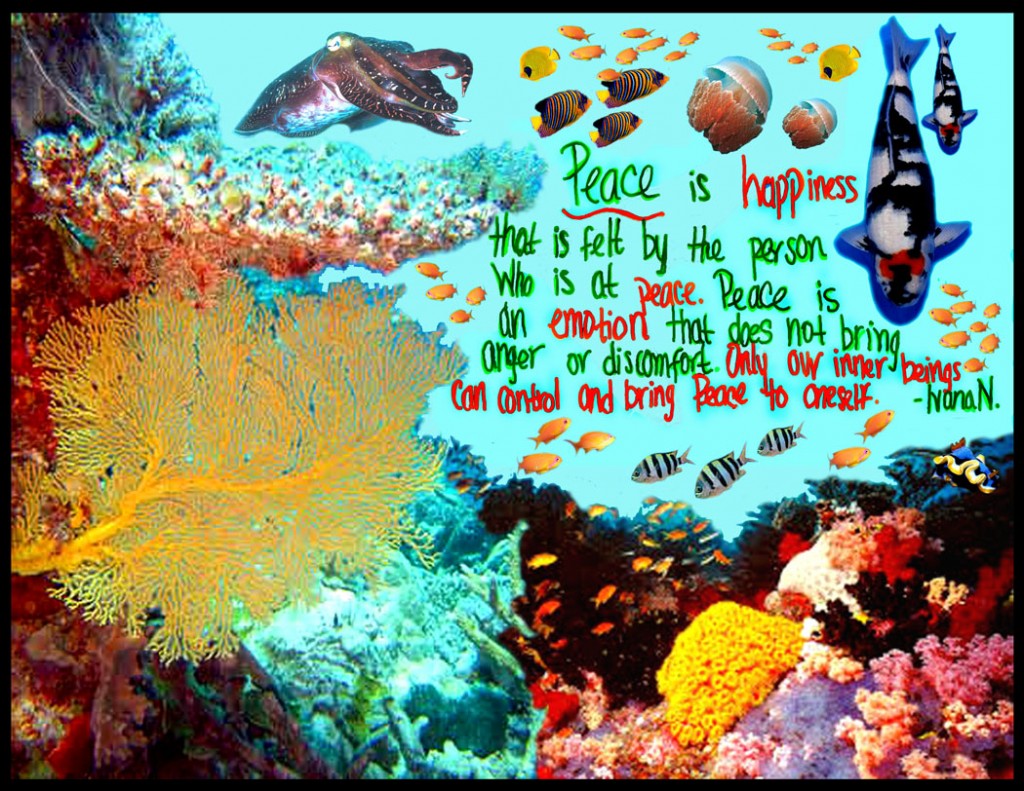

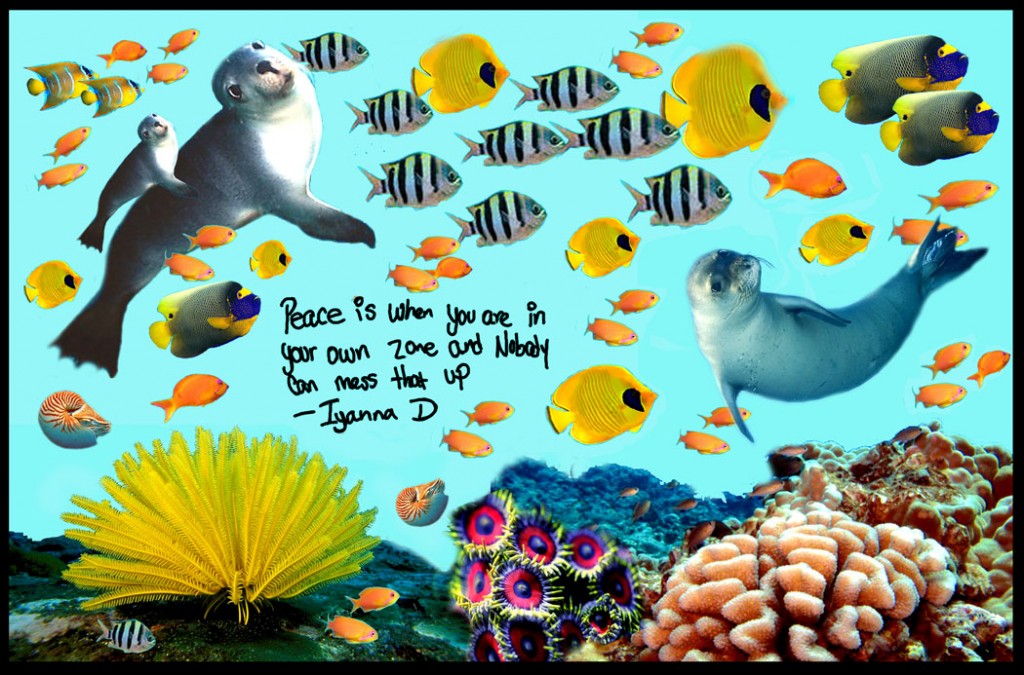
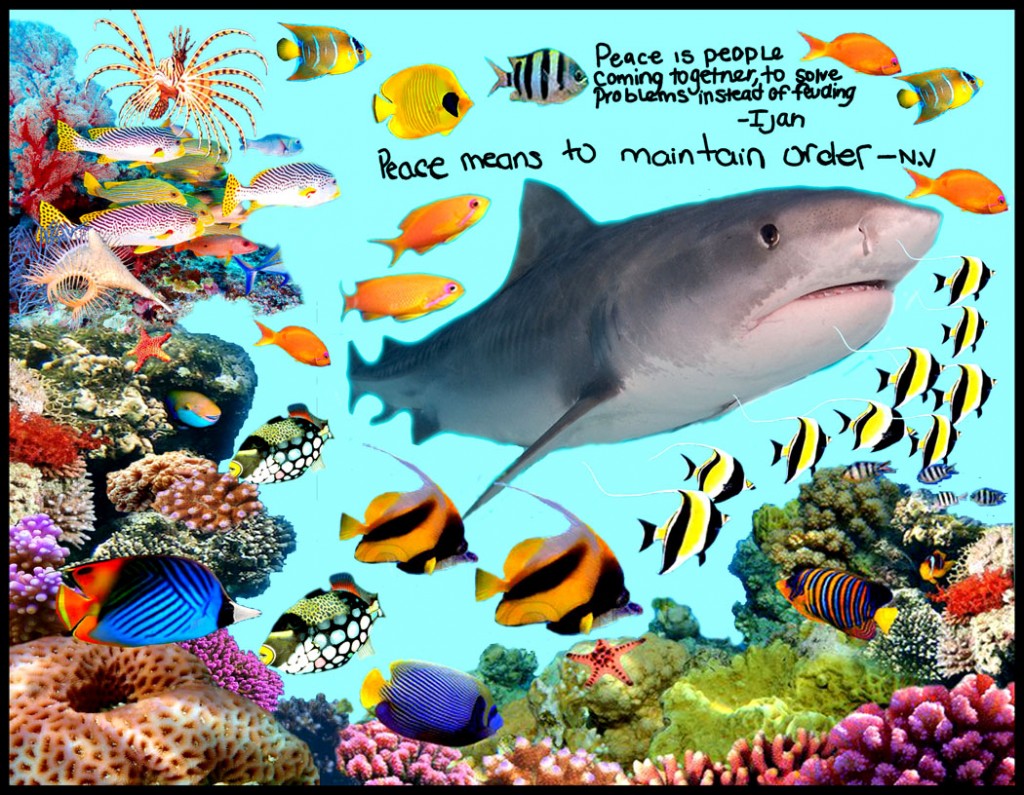
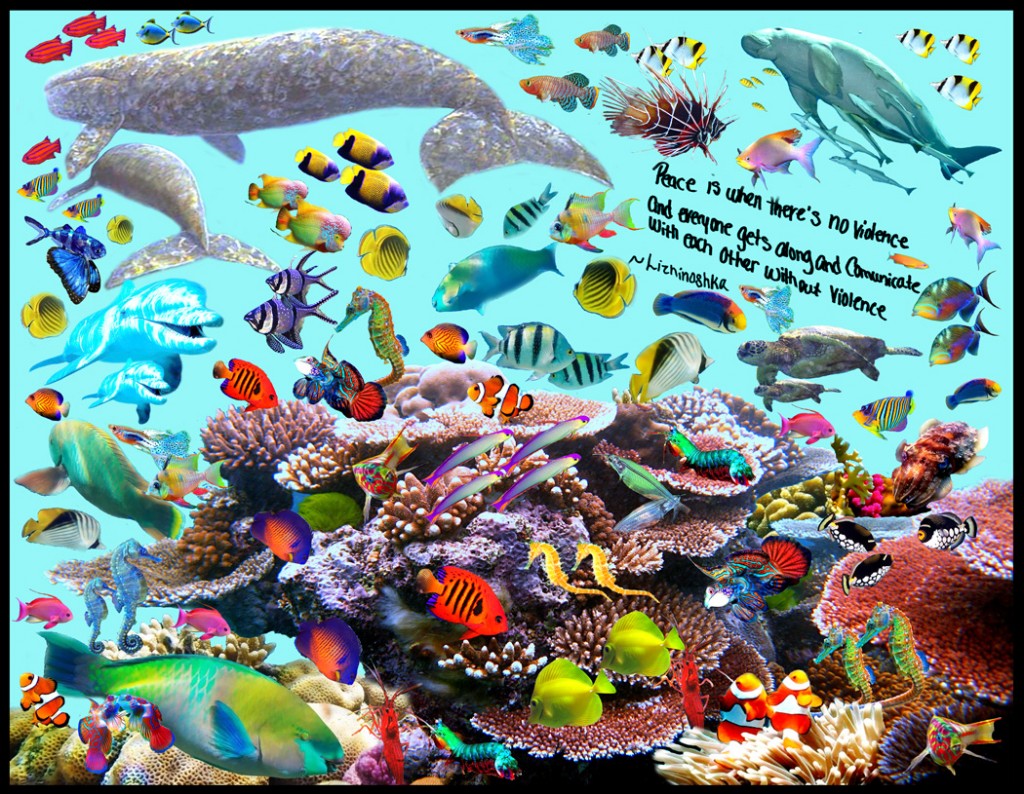
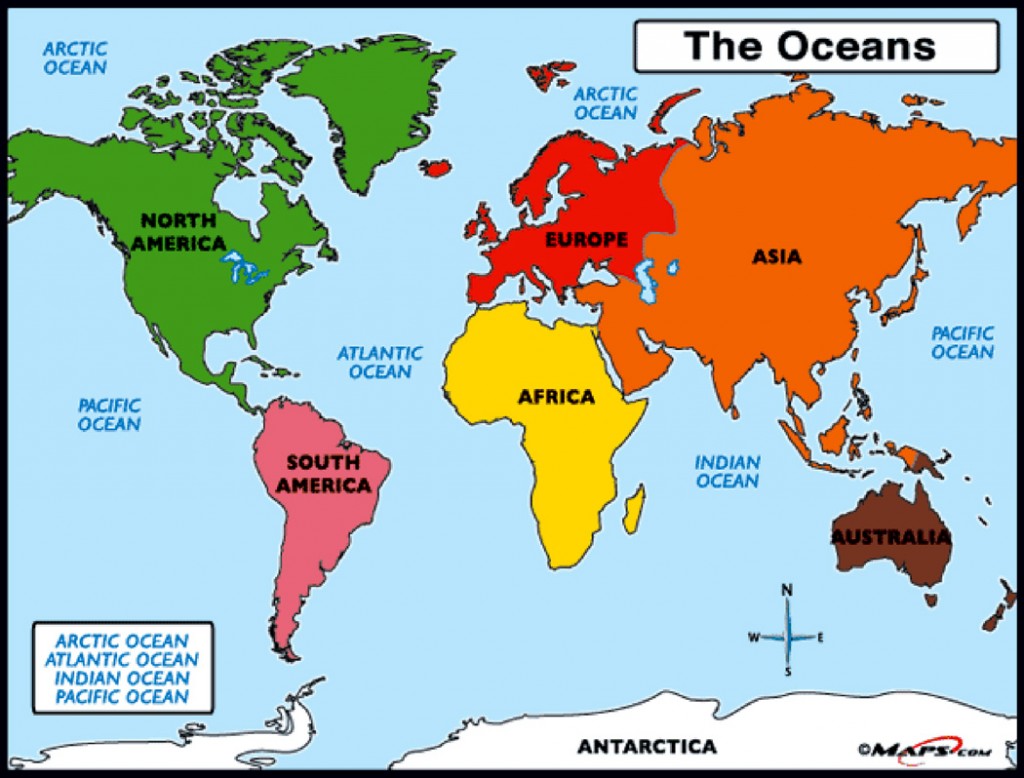
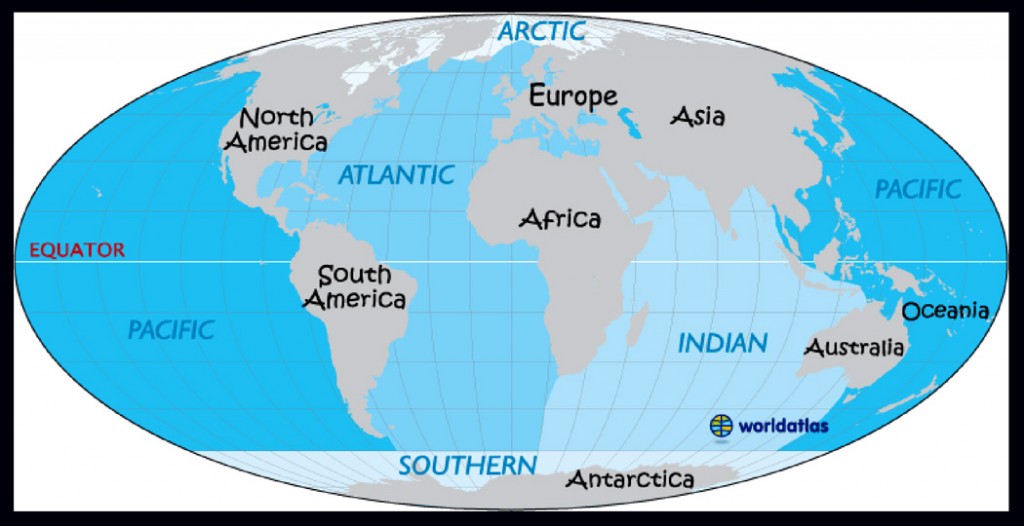
Leave a Reply